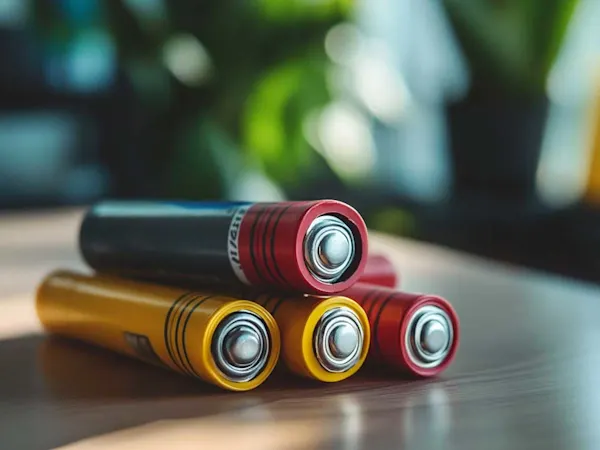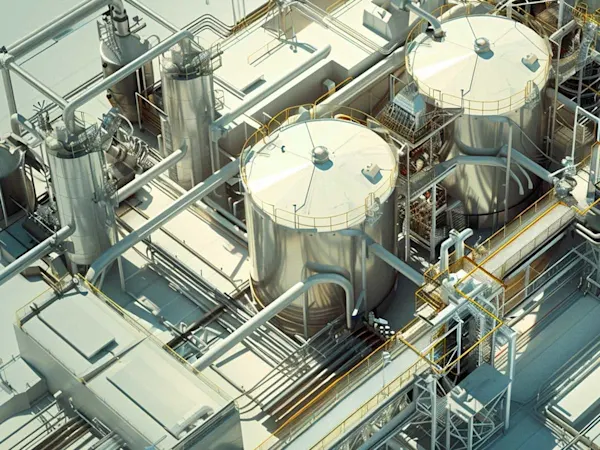
European Commission Opens Feedback on New Battery Recycling Regulation
Open for feedback until 18 October 2024, the regulation aims to ensure safe recycling processes and material recovery.


The European Commission has opened a public feedback period for its proposed changes to the European List of Waste, introducing more stringent requirements for managing hazardous battery waste. The amendments aim to tackle the growing environmental and safety risks posed by the disposal and recycling of modern battery chemistries, particularly lithium, nickel, and sodium-based batteries. The feedback window runs from 11 October to 8 November 2024, giving stakeholders an opportunity to review and contribute to these critical updates.
The updated regulations introduce several new waste codes and classification systems aimed at improving the identification, sorting, and recycling of hazardous battery waste. These proposed changes are designed to address the unique challenges posed by new battery technologies, which require special handling to prevent environmental harm and ensure human safety. Below are the key elements of the proposal:
A major focus of the new regulations is the introduction of waste codes to classify the hazardous by-products generated during the recycling of various battery types. Lithium-based batteries, in particular, pose fire and explosion risks during disposal and treatment. The proposed waste codes will ensure these materials are correctly classified, tracked, and managed throughout their lifecycle.
The updates also target intermediate fractions from battery recycling, such as "black masses" — a mixture of recovered electrode materials — which are often difficult to handle and recycle due to their hazardous chemical composition.
One significant change is the reclassification of alkaline batteries as hazardous waste. Previously considered non-hazardous, alkaline batteries are now recognised as posing risks based on updated scientific research. The new regulations will require stricter handling and disposal practices for these batteries to prevent potential environmental contamination.
Lithium-based batteries are widely used in electric vehicles, renewable energy systems, and consumer electronics. However, their hazardous properties, especially the risk of fires or explosions, demand stricter control measures. The proposed regulations introduce a specific hazardous waste code for lithium-based batteries, which will be applied to separately collected fractions of municipal waste. This aims to improve safety and traceability from collection to recycling.
Nickel and sodium-based batteries, while less prominent than lithium, are also covered under the new requirements. Specific codes for these battery chemistries will help waste operators identify hazardous materials and ensure proper disposal or recycling. This is particularly important as these batteries become more common in industrial applications and energy storage systems.
The updated waste codes will enhance the EU’s ability to monitor hazardous battery waste streams more effectively. This will enable better tracking of waste from its source through the recycling process, improving transparency and accountability. By ensuring waste is properly classified as hazardous or non-hazardous, the EU aims to strengthen the overall safety and environmental impact of battery waste management.
The amendments are also designed to support the EU’s broader environmental objectives, particularly its commitment to a circular economy. The new regulations aim to improve recycling efficiency and increase the recovery of valuable raw materials, such as lithium and nickel, which are essential for the production of new batteries and the green technologies that depend on them. This aligns with the EU’s goals of reducing waste and increasing sustainability in key industries like electric vehicles and renewable energy.
Stakeholders, including businesses, environmental organisations, and citizens, are invited to submit their feedback on the proposed regulations during the consultation period, which closes on 8 November 2024. Input from the public will play a crucial role in shaping the final version of the regulation, ensuring that it meets the needs of industry while protecting human health and the environment.
The new regulations are expected to be finalised in 2025, following the review of public feedback and further discussions among EU Member States.
Foresight continuously tracks 1000s of sources and maps updates to your portfolio:




Open for feedback until 18 October 2024, the regulation aims to ensure safe recycling processes and material recovery.

Explore the EU's 2025 report on chemicals regulation, highlighting challenges and strategies for enhancing competitiveness and sustainability.

ECHA’s 2025–2027 plan advances chemical safety, sustainability, IT integration, and alternatives to animal testing, supporting EU goals.
Subscribe to Foresight Weekly and get the latest insights on regulatory changes affecting chemical compliance.
Free forever. Unsubscribe anytime.
Read by professionals at